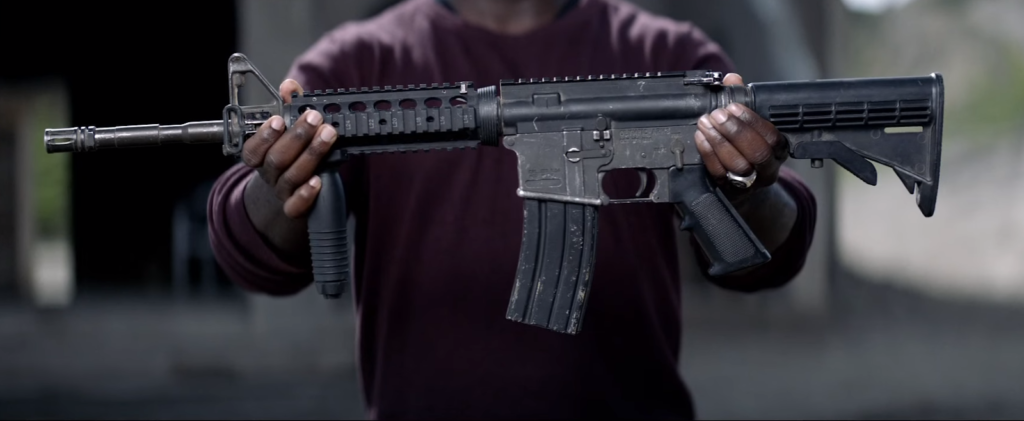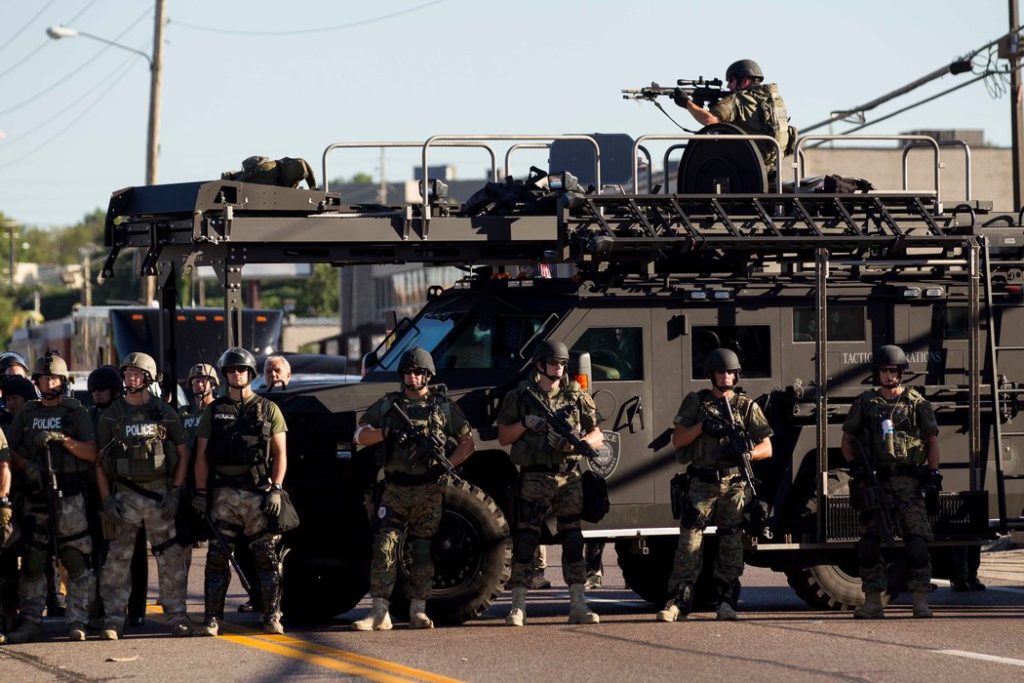


Deeply disturbing news that child killed yesterday was yet another student at UNRWA school - two others were killed previously. #Children should never be targets! https://t.co/uFapQwjQ3t
— Matthias Schmale (@matzschmale) April 21, 2018

P.S. We’re also honored to have Benji as our official #BecauseWe’veRead discussant! Tune in to Instagram live at 11am CST Sunday, April 29th to join the conversation as we discuss Assata Shakur’s autobiography!